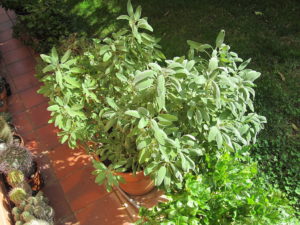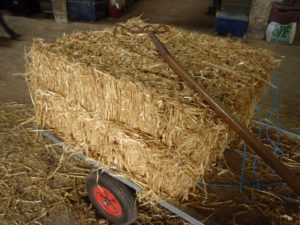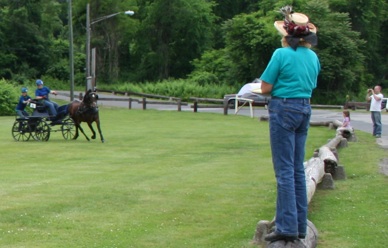Botany and Science Intertwine, Feed Your Mind, Learn, Grow Delicious
The Connecticut State Museum of Natural History at UConn presents “The Botany of Thanksgiving,” a lecture by Dr. Pamela Diggle, from UConn’s Department of Ecology and Evolutionary Biology. The lecture will be held on Saturday, Nov. 19, 1 p.m. at the Biology/Physics Building, Room 130, UConn.
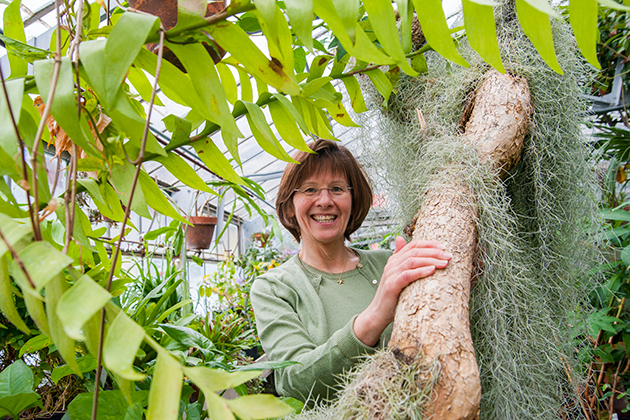
Science and learning about the roots of crops can be delicious. Learn more about the foods we eat and where they have traveled from to be cultivated as crops in the USA at a UConn event.
In the eyes of a botanist, the year’s biggest meal is a celebration of the plants in our lives: the potatoes, carrots, cloves, lettuce, celery and sage, and of all the holiday foods that people savor, from stuffing to cranberry sauce to pumpkin pie. Turkey may be the star of the day, but the plants on the menu give it that extra oomph. Thanksgiving’s plants are just doing what we all do: making a living, setting something aside for a rainy day, and looking for love. It’s the strategies that particular plants employ in those pursuits that make them delectable. Explore the biology of the plants we eat, what makes them so delicious, and role of that deliciousness in the lives of those familiar plants.
This program is free and advanced registration is not required. To contact the museum, visit http://www.cac.uconn.edu/mnhcurrentcalendar.html or call 860-486-4460.
“Salvia officinalis (sage, also called garden sage, or common sage) is a perennial, evergreen subshrub, with woody stems, grayish leaves, and blue to purplish flowers. It is a member of the family Lamiaceae and is native to the Mediterranean region, though it has naturalized in many places throughout the world. It has a long history of medicinal and culinary use, and in modern times as an ornamental garden plant. The common name “sage” is also used for a number of related and unrelated species.” – Wikipedia
By the way, sage can be grown from seeds, along with other popular culinary herbs and those beloved for scent such as lavender and lemon balm.
Meanwhile, in related topics for those who love to grow – some advice from Mary Concklin, visiting associate extension educator – Fruit Production and IPM, University of Connecticut Department of Plant Science & Landscape Architecture:
“When should you mulch your strawberries? Our soil temperatures are in the 40s across the state with a couple of locations in the high 30s. Once the soil temperature drops to the low 40s and stays there (and before the soil freezes) apply 3 to 6 inches of mulch on top of and between the plants. Long range forecasts have air temperatures in the 50s and 60s which will keep soil temperatures in the 40s. Generally we don’t usually need to mulch before Thanksgiving.
“Mulch choices: Straw is the first choice. Hay is a no-no because of all the weed seeds in it. Shredded leaves work but whole leaves are a no-no because they will mat into an impermeable layer on top of the plants, not allowing sunlight, water or air in. Floating row covers for frost and winter protection come in weights ranging from 0.5 oz. to 4 oz. Use a row cover with a weight of at least 1.25 oz. for winter protection and anchor it well to withstand strong winter winds.”
Have an appetite to get growing? RSVP by Dec. 5 to attend Build Your Network, Grow Our Future to NCTFA. The event is Friday, Dec. 16 at Auerfarm, 158 Auer Farm Rd., Bloomfield.
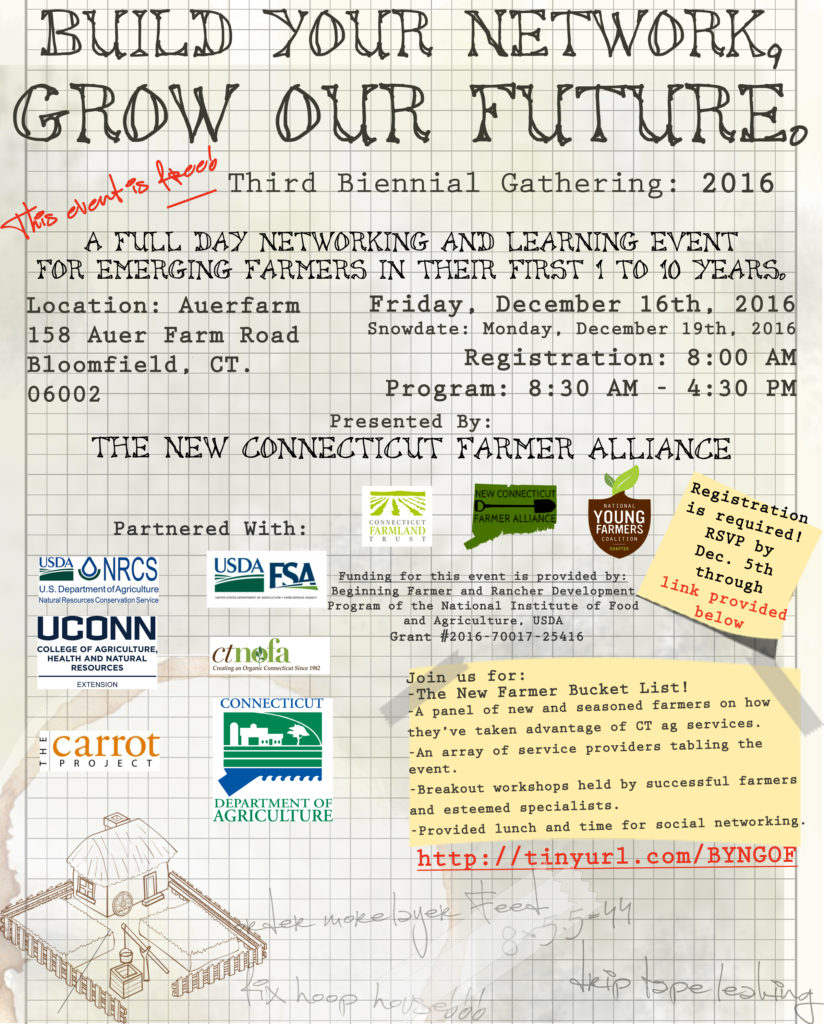
Knowledge is power. To grow well takes science and art combined – plus a deep love for the interconnected world of air, soil, water, plants, time, cultivation. There is always more to learn when growing crops, livestock, feed, a community, a business. Resources are available as a PDF to prepare the ground, so to speak, for those considering a micro-enterprise farm or full-scale operation. These include:
1. Download a copy of the CT Agricultural Business Management Guide. Develop a complete business plan. Not only is this a good planning and management tool, but having a clear business plan is required for most loans and grants. UConn Extension’s Farm Risk Management program has business planning resources.
2. Read Connecticut General Statutes (C.G.S.) Sec. 1-1(q) to understand the legal definition of “farming” and “agriculture” in the State of Connecticut.
3. Familiarize yourself with the CT Dept.of Agriculture and its Programs, Services, and Grant Opportunities for farmers.
4. Visit a USDA Service Center and introduce yourself to staff at Natural Resource Conservation Service (NRCS) and Farm Service Agency (FSA). You may be eligible for free conservation planning and technical assistance with NRCS as a first step toward financial assistance for conservation practices. FSA can provide free maps of the property you are farming.
5. Contact your town officials to check on zoning and what is allowed for farming and retail operations. Also check to see if your town has an Agricultural Commission, since this group can help orient you to farming in your community. The Advocacy Toolkit provides fact sheets on state and local tax programs, land use regulations, farm to market information and, more. If you have questions or concerns about local agricultural regulations, or want to ask about local tax programs that you may be eligible for (including PA 490), contact Joan Nichols at CT Farm Bureau Association for help: JoanN@cfba.org
6. Contact the relevant producer association(s) that can help you get started. These groups tend to have very useful resources, expertise about crop-specific tools and infrastructure, and hold regular meetings, events, and trainings. In CT, there are associations for producers of poultry, sheep, fruit, honey, maple syrup, ornamentals, milk, timber, and more.
7. Evaluate your crop insurance options. For smaller, diversified farms in Connecticut the Noninsured Crop Disaster Assistance Program (NAP) administered by FSA might be of interest since it provides catastrophic coverage for crops not eligible for regular crop insurance. All crop insurance resources are available at UConn Extension’s Farm Risk Management and Crop Insurance website.
Suggestion: Starting in your first season, be sure to record your production history, including acres farmed, pounds harvested and dollars generated. This will be very helpful in future years as you begin to explore agriculture loans, grants, and insurance.
Farmland listing services are available through New England Farmland Finder, Connecticut Farmlink, and New England Landlink.
Loans to purchase farmland can be obtained from USDA Farm Service Agency.
See UConn Extension’s Farmland ConneCTions for guidance on farmland leasing.
Many new and beginning farmers have found it challenging to find farmland to get started. Land for Good has tutorials, worksheets, as well as consulting to help farmers navigate the challenges of accessing farmland.
To connect with other new farmers:
Sign up for the listserv hosted by New CT Farmer Alliance in order to be in the loop as new farmers trade and sell each other equipment and supplies, ask questions, and post relevant news and events. NCTFA coordinates several farm tours and potlucks each year.
Join CT Farm Bureau’s Young Farmer Committee – The committee meets monthly and offers opportunities for leadership development, legis- lative engagement and advocacy, networking with other farmers and tours of agribusinesses. For more information email ctyoungfarmers@gmail.com.
Visit the CT NOFA apprentice site, or sign up for CT NOFA’s Mentorship Program.
Join CRAFT Western CT (Collaborative Regional Alliance for Farmer Training) for training in small, diversified farms and to exchange ideas among farmers and apprentices in western CT. To view online go to: http://ctfarmrisk.uconn.edu/

A critical first step is learning how to understand your soils landscapes through free maps and data using the USDA Natural Resources Conservation Service Web Soil Survey. Soil testing is available through the UConn Soil Lab and the CT Agriculture Experiment Station.
To view online, the complete guide to extensive resources available go to: http://ctfarmrisk.uconn.edu/

